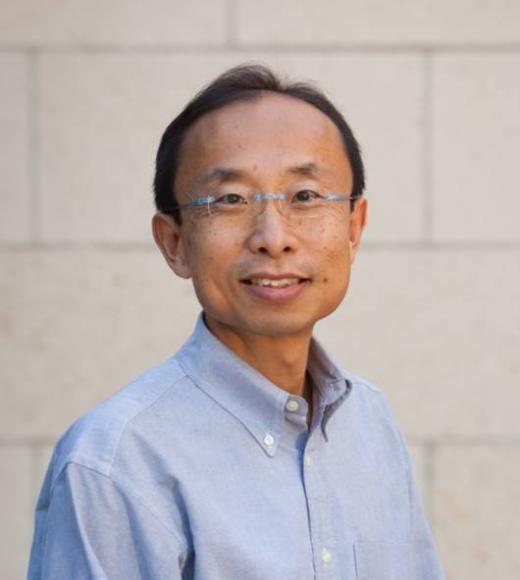
Position Title
Professor
H.-S. Philip Wong is the Willard R. and Inez Kerr Bell Professor in the School of Engineering. He joined Stanford University as Professor of Electrical Engineering in September, 2004.
From 1988 to 2004, he was with the IBM T.J. Watson Research Center where he did many of the early research works that have led to product technologies.
From 2018 to 2020, he was on leave from Stanford and was the Vice President of Corporate Research at TSMC, the largest semiconductor foundry in the world, and since 2020, remains the Chief Scientist of TSMC in a consulting, advisory role.
Professor Wong’s research aims to translate discoveries in science into practical technologies. His works have contributed to advancements in nanoscale science and technology, semiconductor technology, solid-state devices, and electronic imaging. His present research covers a broad range of topics including carbon electronics, 2D layered materials, wireless implantable biosensors, directed self-assembly, device modeling, brain-inspired computing, non-volatile memory, and 3D system integration.
He is a Fellow of the IEEE and received the IEEE Electron Devices Society J.J. Ebers Award, the Society’s highest honor to recognize outstanding technical contributions to the field of electron devices that have made a lasting impact. He also received the IEEE Andrew S. Grove Award, the IEEE Technical Field Award to honor individuals for outstanding contributions to solid-state devices and technology. He received an Honorary Doctorate from the Institut Polytechnique de Grenoble, France, and is an Honorary University Fellow of the University of Hong Kong.
He served as the Editor-in-Chief of the IEEE Transactions on Nanotechnology (2005 – 2006), sub-committee Chair of the ISSCC (2003 – 2004), General Chair of the IEDM (2007), and the Chair of the IEEE Executive Committee of the Symposia of VLSI Technology and Circuits (2014 – 2022).
He has held leadership positions at major multi-university research centers of the National Science Foundation and the Semiconductor Research Corporation. He is founding faculty co-director of the Stanford SystemX Alliance – an industrial affiliate program focused on building systems – and the faculty director of the faculty director of the Stanford Non-Volatile Memory Technology Research Initiative (NMTRI). He is the Director of the Stanford Nanofabrication Facility – a shared facility for device fabrication on the Stanford campus that serves academic, industrial, and governmental researchers across the U.S. and around the globe.